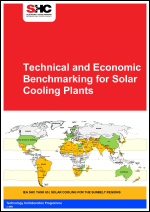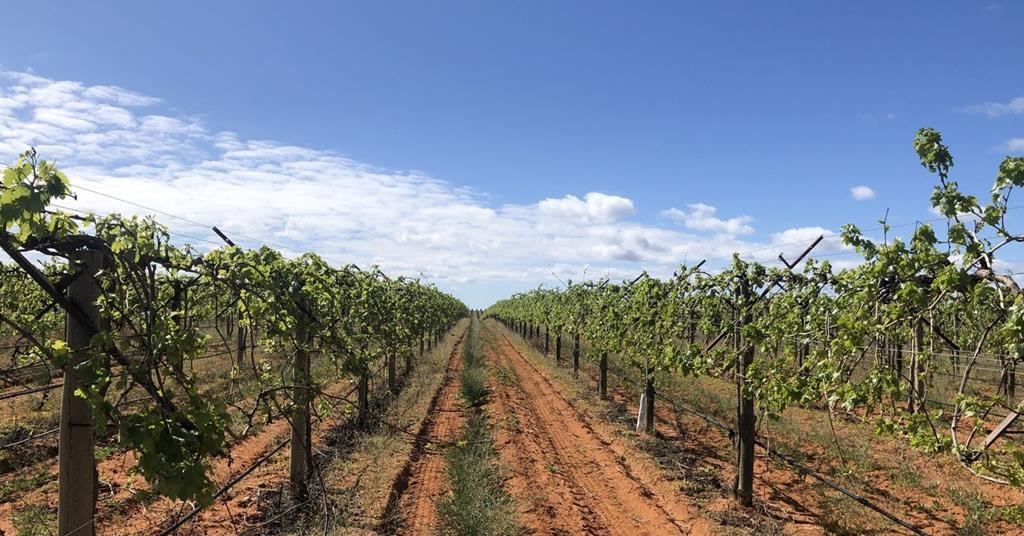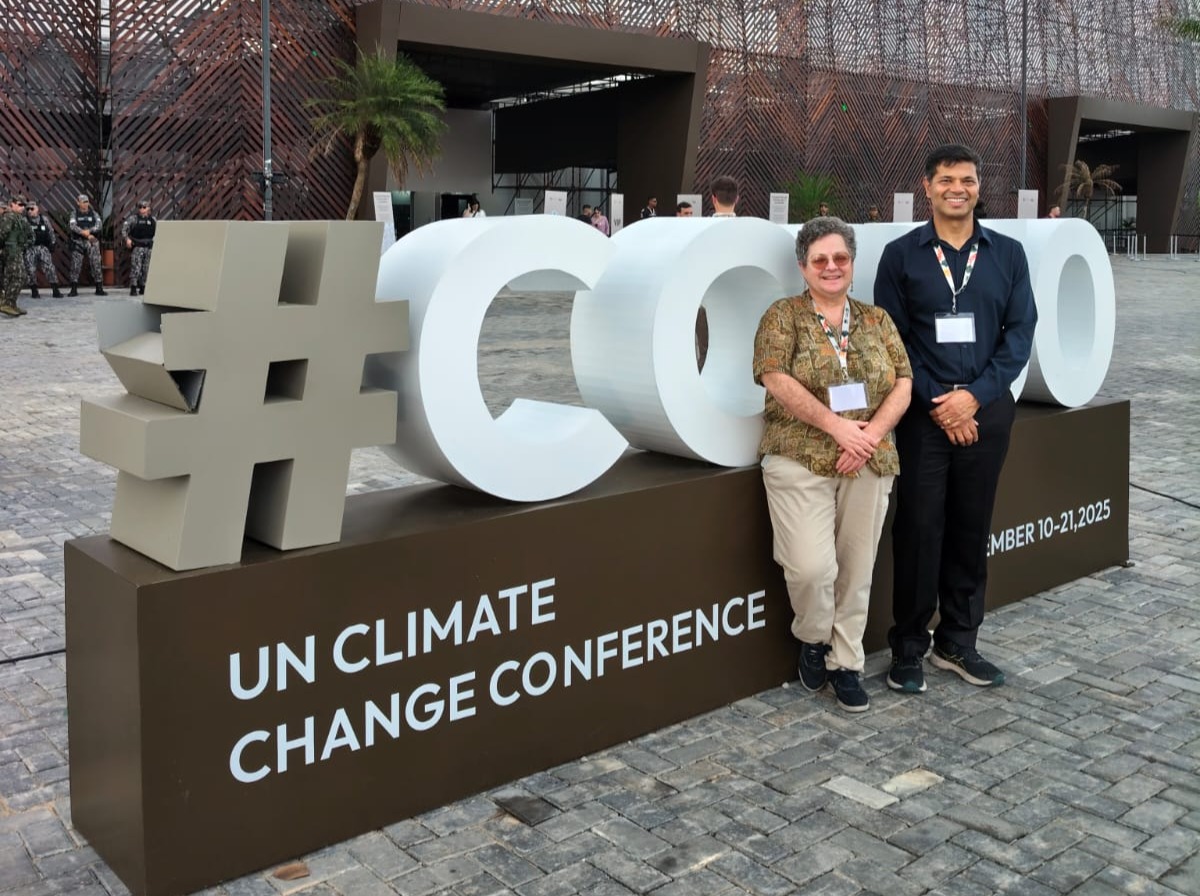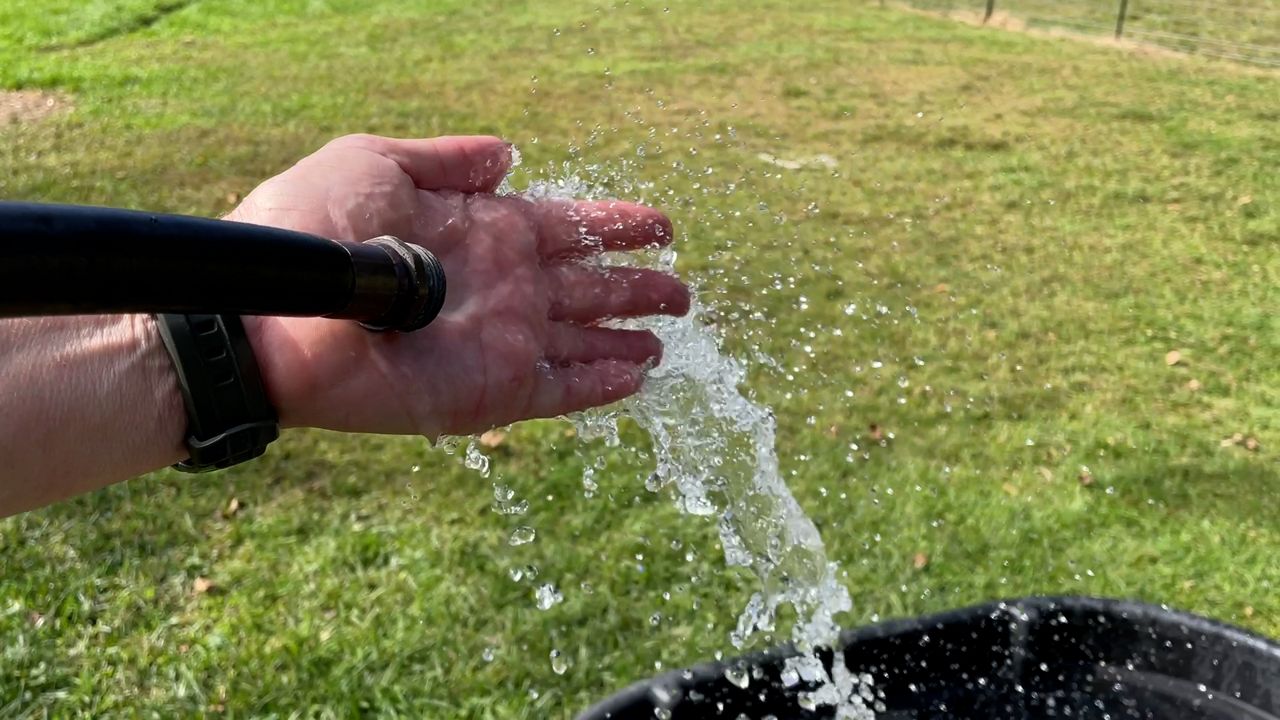Scheuren Touts More Agricultural Land Preserved – DV Journal

Report on Farmland Preservation Initiatives in Pennsylvania and Alignment with Sustainable Development Goals
Executive Summary
Recent actions by the Pennsylvania Agriculture Land Preservation Board have resulted in the conservation of significant agricultural land, directly contributing to several United Nations Sustainable Development Goals (SDGs). This report details the preservation of multiple farms and open spaces in Pennsylvania, highlighting the collaborative funding models and the direct impact on sustainable agriculture, community well-being, and environmental protection. The state’s Farmland Preservation Program has now secured 6,597 farms, totaling 656,568 acres, from future development.
State-Level Conservation Efforts and SDG Impact
The decision to conserve an additional 2,017 acres across 33 farms underscores a commitment to long-term environmental and economic stability. These efforts align with the following SDGs:
- SDG 2 (Zero Hunger): By preserving agricultural land, the state ensures the continued capacity for local food production, enhancing food security and promoting sustainable farming practices.
- SDG 11 (Sustainable Cities and Communities): The protection of open spaces and green belts prevents urban sprawl, preserves the natural and cultural heritage of communities, and enhances the quality of life for residents.
- SDG 15 (Life on Land): Conserving farmland protects terrestrial ecosystems, maintains biodiversity, and prevents land degradation, contributing to the health of the local environment.
- SDG 17 (Partnerships for the Goals): The success of these initiatives relies on multi-stakeholder partnerships involving state, county, and township governments, as well as private organizations and foundations.
Detailed Breakdown of Recently Preserved Properties
A series of recent preservation agreements exemplify the practical application of SDG principles at a local level, with over 350 acres of farmland preserved in the 147th District alone since 2023.
-
Jersey Native Farm, New Hanover Township
- Area: 16 acres
- Type: Fruit Farm
- SDG Contribution: Directly supports SDG 2 by securing land for fruit production and SDG 12 (Responsible Consumption and Production) by fostering local food systems.
- Funding: A state investment of $287,470.
-
Allentown Road Farm, Franconia Township
- Area: 12 acres
- Type: Crop and Livestock Farm
- SDG Contribution: Contributes to SDG 2 by preserving land for diverse agricultural outputs.
- Funding: A collaborative model reflecting SDG 17, with funding from the state ($902,031), Montgomery County ($302,400), and Franconia Township ($216,000).
-
Girl Scouts of Eastern Pennsylvania Property
- Area: 458 acres
- Type: Open Space / Conservation Land
- SDG Contribution: Significantly advances SDG 11 and SDG 15 by preserving the largest single privately owned property in Montgomery County for conservation and public access, including new trails.
- Funding: A multi-partner effort totaling $3.9 million, sourced from Montgomery County ($2.7M), the state DCNR ($500,000), New Hanover Township ($480,733), Upper Frederick Township ($79,768), and private foundations.
-
Additional Preserved Farms
- Kirk Grater Farm: A 40-acre crop farm in Schwenksville, preserved through a state ($14,156) and county ($504,680) partnership, supporting SDG 2.
- Gwinn Kent Farm (Tranquility Farm): A 19-acre equine farm in Perkiomenville, conserved with state ($8,129.65) and county ($194,600) funds, contributing to the preservation of rural landscapes (SDG 11).
- Paul and Jacquelyn Wagner Farm: An 84-acre crop farm in Perkiomenville, secured primarily with state funds ($562,580.70) and county support ($5,568.45), reinforcing SDG 2 goals.
Analysis of Sustainable Development Goals in the Article
1. Which SDGs are addressed or connected to the issues highlighted in the article?
The article on land preservation in Pennsylvania addresses several Sustainable Development Goals (SDGs) by focusing on the protection of farmland and open spaces from development. The following SDGs are relevant:
- SDG 2: Zero Hunger: By preserving farmland, the state’s program directly supports the long-term capacity for food production, which is a cornerstone of food security. The article mentions the preservation of a “16-acre fruit farm,” a “12-acre crop and livestock farm,” and other crop farms, all of which are essential for the food supply chain.
- SDG 11: Sustainable Cities and Communities: The initiative contributes to creating sustainable and resilient communities by protecting “open space and the majestic beauty of our community.” The preservation of 458 acres of land operated by the Girl Scouts, which includes an agreement for “two additional trails to be part of the existing Sunrise Trail and Swamp Creek Greenway to ensure public access,” directly enhances public access to green spaces.
- SDG 15: Life on Land: The core theme of the article is the protection of terrestrial ecosystems. The state’s Farmland Preservation Program, which has secured “656,568 acres in 58 counties from future development,” is a direct action to halt land degradation and prevent the loss of natural habitats that occurs with residential or commercial development.
- SDG 17: Partnerships for the Goals: The article repeatedly highlights the collaborative funding models used for these preservation projects. It details financial contributions from multiple stakeholders, including the state, Montgomery County, Franconia Township, New Hanover Township, conservation organizations (Natural Lands), and private foundations (Virginia Cretella Mars Foundation, Redekop Family Foundation). This multi-stakeholder approach is a clear example of partnerships for sustainable development.
2. What specific targets under those SDGs can be identified based on the article’s content?
Based on the actions described in the article, the following specific SDG targets can be identified:
- Target 2.4: “By 2030, ensure sustainable food production systems and implement resilient agricultural practices…” The preservation of various farms, including fruit, crop, and livestock operations, is a foundational step to ensure that land remains available for sustainable agriculture, protecting it from being converted to other uses.
- Target 11.7: “By 2030, provide universal access to safe, inclusive and accessible, green and public spaces…” The agreement to create “two additional trails… to ensure public access to the land” on the 458-acre preserved property is a direct contribution to this target by expanding public greenways.
- Target 15.5: “Take urgent and significant action to reduce the degradation of natural habitats, halt the loss of biodiversity…” The entire program, which protects land “from future residential or commercial development,” is an explicit action to reduce the degradation of natural and semi-natural habitats (farmland) and thus halt biodiversity loss associated with land-use change.
- Target 17.17: “Encourage and promote effective public, public-private and civil society partnerships…” The article provides concrete examples of this target in action. For instance, the preservation of the Girl Scouts’ property involved a partnership between a non-profit (Girl Scouts), a conservation organization (Natural Lands), government bodies (Montgomery County, state DCNR, New Hanover Township, Upper Frederick Township), and private foundations.
3. Are there any indicators mentioned or implied in the article that can be used to measure progress towards the identified targets?
Yes, the article contains several quantitative and qualitative indicators that can be used to measure progress:
- Area of land preserved (in acres): This is the most prominent indicator mentioned throughout the article. Specific figures are provided, such as “16-acre,” “2,017 acres,” “656,568 acres,” “350 acres,” “12-acre,” “458 acres,” “40-acre,” “19-acre,” and “84-acre.” This directly measures the scale of efforts to protect land under SDGs 11 and 15.
- Number of farms preserved: The article states that the state board voted to conserve “33 farms” and that the program has secured a total of “6,597 farms.” This indicator measures progress in securing agricultural land for food production (SDG 2).
- Financial resources mobilized for conservation: The article provides detailed financial data, which serves as an indicator for partnership effectiveness (SDG 17). Examples include the “$287,470” for Jersey Native farm, the combined “$1,420,431” for the Franconia Township farm, and the “$3.9 million” total for the Girl Scouts property, with itemized contributions from state, county, township, and private sources.
- Development of public access infrastructure: The specific mention of creating “two additional trails” serves as a qualitative and potentially quantitative (e.g., length of new trails) indicator for progress towards Target 11.7, which focuses on access to public green spaces.
4. Table of SDGs, Targets, and Indicators
| SDGs | Targets | Indicators Identified in the Article |
|---|---|---|
| SDG 2: Zero Hunger | Target 2.4: Ensure sustainable food production systems and implement resilient agricultural practices. |
|
| SDG 11: Sustainable Cities and Communities | Target 11.7: Provide universal access to safe, inclusive and accessible, green and public spaces. |
|
| SDG 15: Life on Land | Target 15.5: Take urgent and significant action to reduce the degradation of natural habitats. |
|
| SDG 17: Partnerships for the Goals | Target 17.17: Encourage and promote effective public, public-private and civil society partnerships. |
|
Source: delawarevalleyjournal.com

What is Your Reaction?
 Like
0
Like
0
 Dislike
0
Dislike
0
 Love
0
Love
0
 Funny
0
Funny
0
 Angry
0
Angry
0
 Sad
0
Sad
0
 Wow
0
Wow
0
















































:focal(1500,1000)/https://media.globalcitizen.org/a6/9a/a69a4720-d8a1-4715-b596-18738d03c05c/rotary_polio_hero_image.jpg?#)







/countries/sri-lanka/photo-credit---dmc-sri-lanka.tmb-1200v.jpg?sfvrsn=dc298bcc_1#)


















